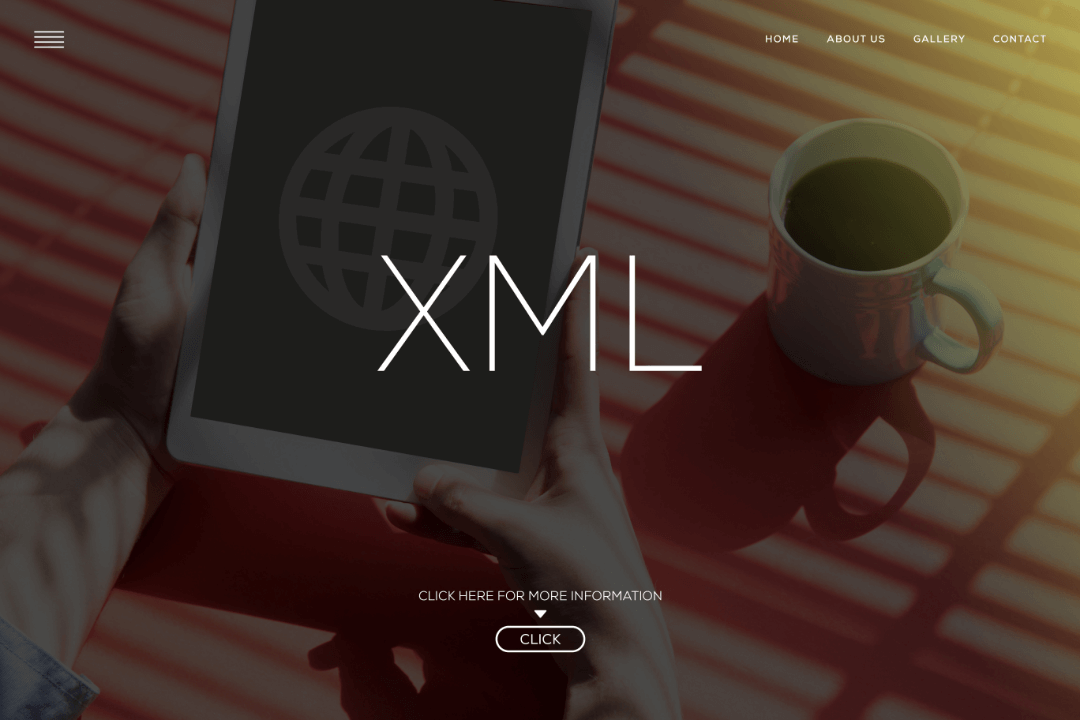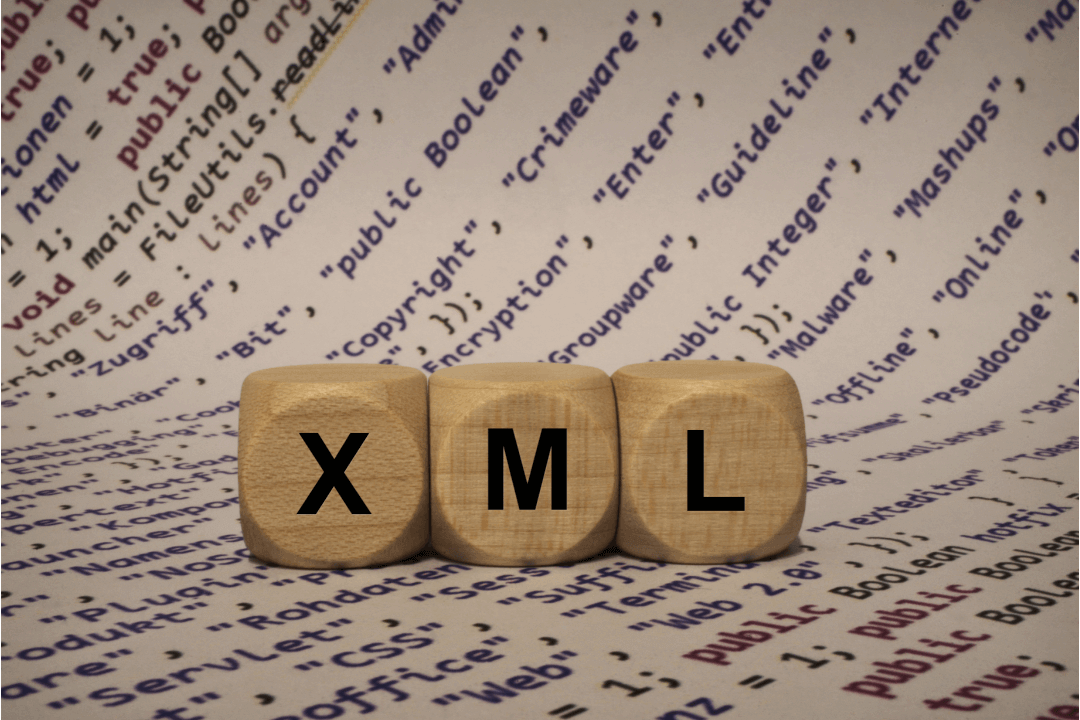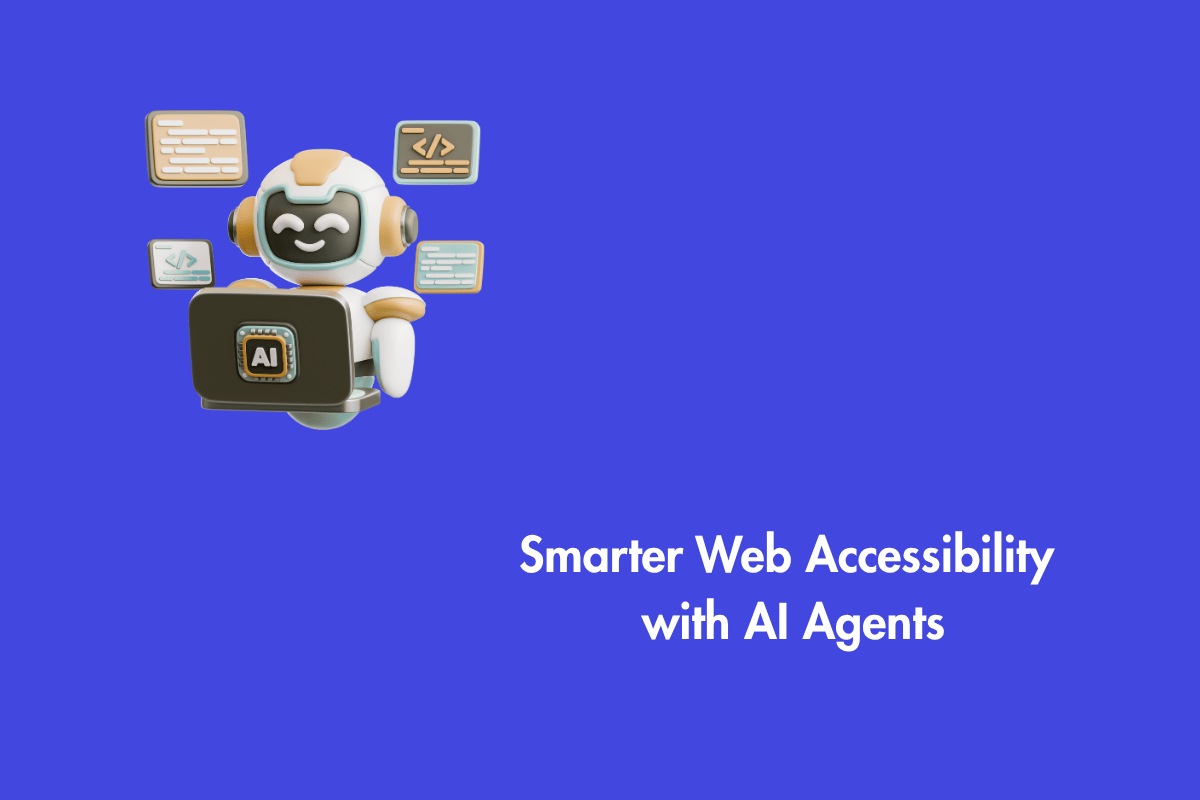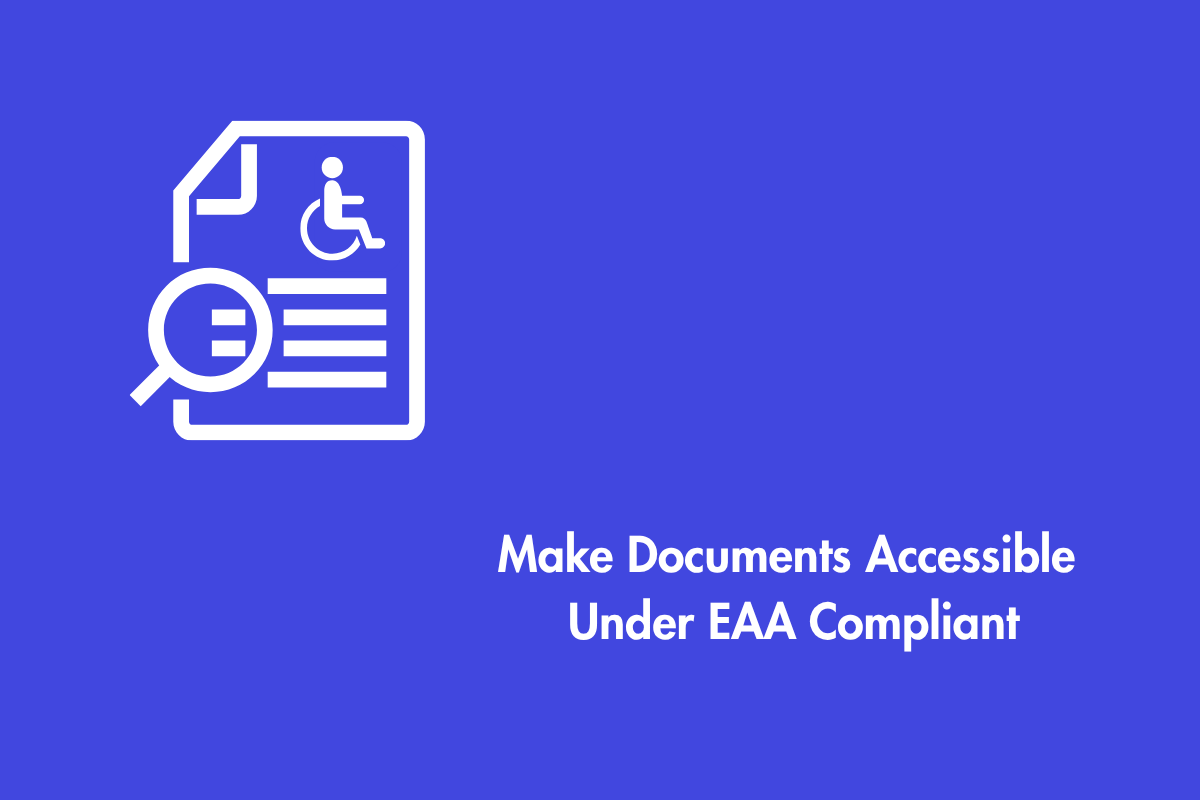The advent of technology has catapulted the usage of data.. XML, does it ring a bell? For most people, it might be a new term, or some people may be vaguely familiar with it. You might have worked with a sitemap XML file to submit for your website SEO. XML is one of the best ways to store and move data online. XML is an important part of your website, especially if you are dealing with interactive documents.
In this blog, we will cover all the information regarding XML, including a specific XML format called NIMAS and how it is used for providing accessible study materials for children with disabilities.
Table of Contents
What is XML?

XML stands for Extensible Markup Language, it is a markup language (similar to HTML) that has a defined rule set for encoding documents. The XML format is designed in such a way that it can be easily read by both humans and machines alike. XML can describe almost all kinds of data such as a row in a table, a chemical formula, a financial transaction, a short story, or an object that exposes methods and properties with high accuracy.
Since XML is in plain text, it is easy to transfer. It is also easy to develop it as XML is open and extensible. In XML developers can create their own tags as it does not have predefined tags on its own. Although HTML is more popular, it has predefined tags which makes it difficult for developers to encode different kinds of data using XML.
Here are some screenshots of an XML file.


Before we go deep into NIMAS XML, let us first learn about the IDEA act
IDEA

IDEA stands for The Individuals with Disabilities Education Act (IDEA) and is a federal law in the US. The law takes care of early intervention, special education, and other related services provided to children with disabilities.
It also addresses the educational needs of a child with disabilities till it reaches the age of 18. In some cases, it is extended till 21 if it comes under the specified categories of disability. However, IDEA is not mandatory to all states; it only applies to states that accept funding from them.
IDEA also mandates using Accessible Instructional Material (AIM) for teaching children.
What is Accessible Instructional Material (AIM)?

As the name states, AIM is an accessible version of instructional materials provided to students with disabilities to help them understand the subject without barriers to learning. IDEA also states that students with disabilities should receive AIM at the same time as students receive textbooks.
Note: A study or instructional material available online does not necessarily mean that it is accessible.
What is NIMAS XML?
NIMAS stands for the National Instructional Materials Accessibility Standard. It is endorsed by the U.S. Department of Education as the standard for the publishers to produce textbooks files.
NIMAS files after production are sent to the National Instructional Materials Access Center (NIMAC) so that schools can access them.
Note: Nimas files aren’t student-ready, which means students can’t just download NIMAS files and view them. Nimas files need to be converted into the desired format by the students to access them.
For more information, visit National Instructional Materials Accessibility Standard (NIMAS).
What is NIMAC?
NIMAC stands for the National Instructional Materials Access Center. It is a central repository where all the NIMAS files in the country are stored. Publishers convert their learning material as NIMAS files and submit them to the NIMAC. Once approved, the XML files are ready for distribution to the school districts.
Why is NIMAS XML important?

- The purpose of NIMAS is to improve the availability and timely delivery of accessible instructional materials to students with disabilities in elementary and secondary schools.
- The NIMAS format is so important because multiple accessible outputs can be created from one XML.
- Large print, Braille, mp3, and HTML files can be produced from one input file.
- NIMAS is a nationally accepted standard for the creation of accessible digital textbooks.
- NIMAS eliminates the problem of receiving multiple formats for both educational institutes and end-users.
- NIMAS helps to create consistent digital files and ensures the availability of hard copies in the digital file.
- It has all the essential elements for the effective use of the digital-book files by the end-user.
Examples
Study materials are the essence of every educational institute. Therefore it should be equally available to both students with or without disabilities. Before NIMAS it was difficult for publishers to decide the right output format for supporting accessible material for the classroom. NIMAS not only eliminates that confusion but also ensures that all essential elements required for students with disabilities are available to its users.
AEL Data understands the importance of NIMAS to students and educational institutes. Therefore all the text and images received for XML conversion go through several processes of quality checks to ensure nothing is left behind. If you are an educator, or a publisher in need of converting your material into NIMAS, give us a shout at info@aeldata.com with your requirements.



